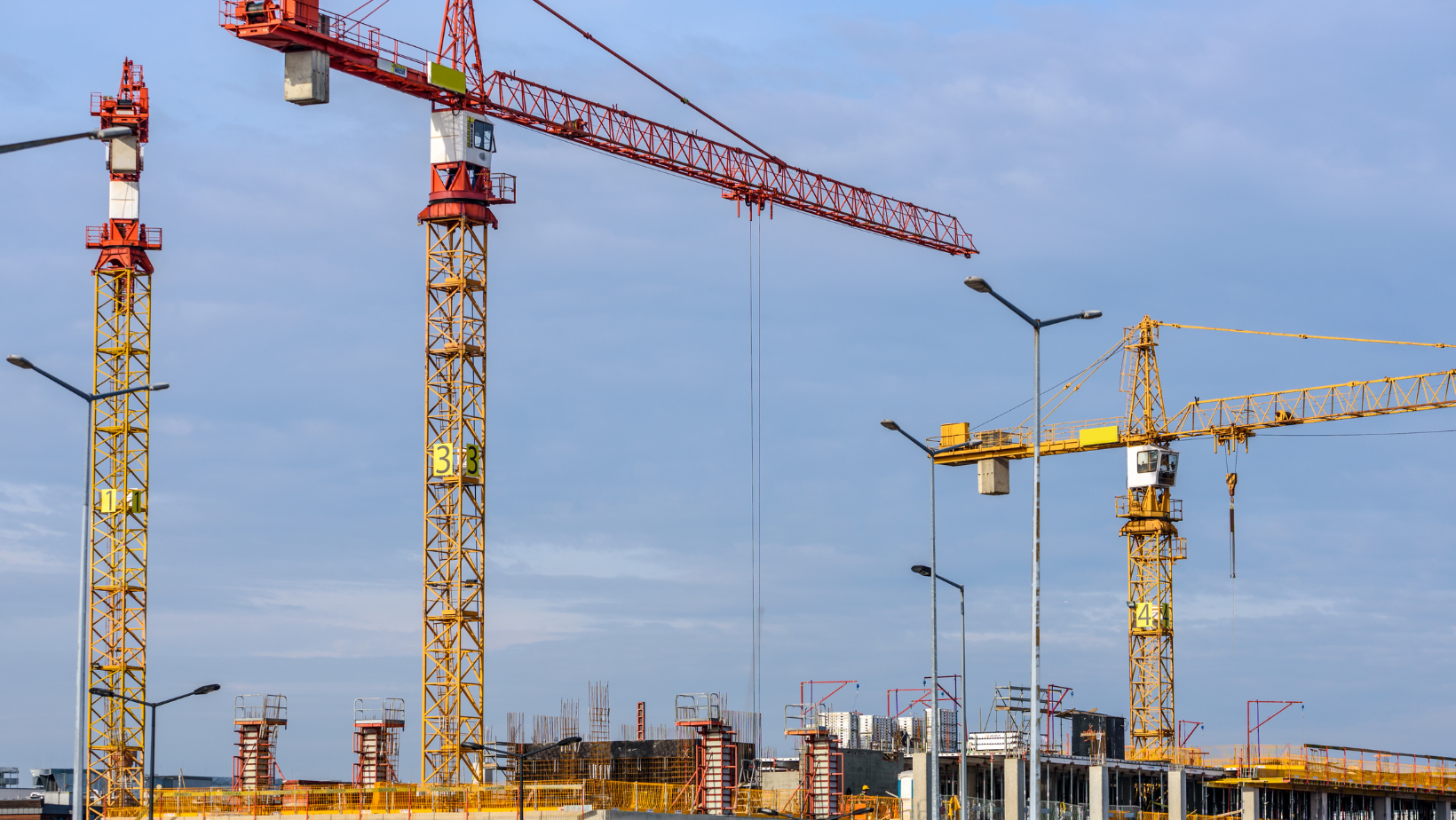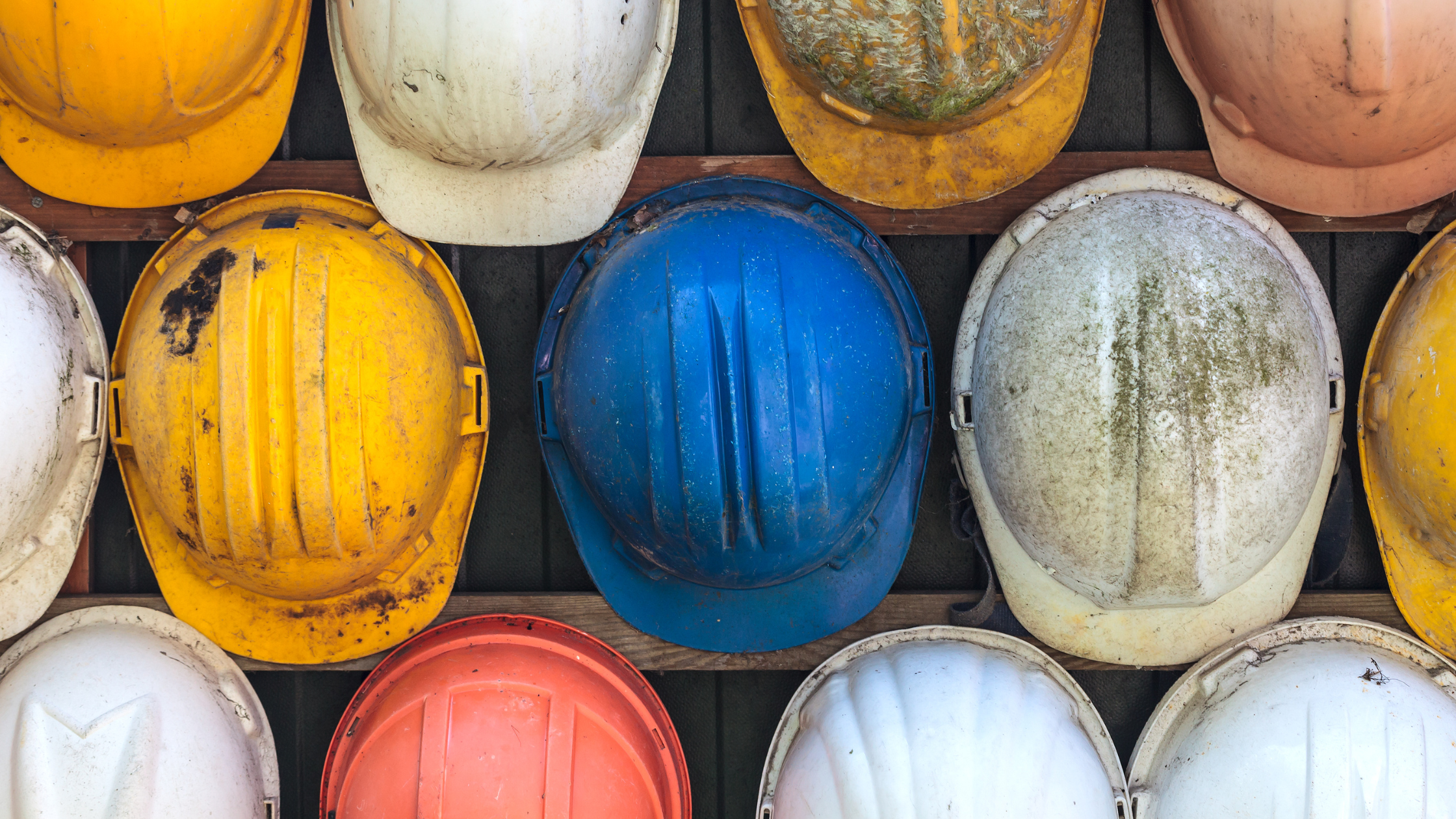Jobsite safety is a huge priority for all construction companies, but WorkBC has honed in on crane safety after several incidents in Vancouver.
Quick look
- Multiple crane incidents in the Vancouver area have forced WorkBC to focus on improving crane safety.
- IUOE Local 115 manager Brian Cochrane suggests a lack of regulations in the industry is at fault for the incidents.
- WorkSafeBC has regulatory requirements for tower crane operation, a dedicated crane safety initiative, and an inspection team to identify and eliminate unsafe work practices and equipment hazards on job sites.
- The Workers Compensation Act requires all BC employers to provide workers with the necessary information, instruction, training, and supervision to ensure work is carried out correctly and safely when operating tower cranes.
In late January 2024, two separate crane incidents occurred within a week of each other in the Metro Vancouver area. While no serious injuries resulted, it led to many questions about crane safety in BC, including any initiatives to improve worksite safety and what the regulatory environment looks like for cranes.
On February 21, another crane incident happened in Vancouver—this time fatal. The load from a crane fell on a building about 25 stories up in Vancouver’s Oakridge neighborhood, killing one worker.
In a statement released by city Mayor Ken Sim, he said officials are committed to ensuring worker safety for everyone on construction projects in the city, and they will “continue to work diligently to prevent such tragedies in the future.”
Three weeks before this incident, the union representing hundreds of BC crane operators issued calls for the provincial government to impose mandatory training and certification for all crane workers.
Brian Cochrane, International Union of Operator Engineers Local 115 (IUOE Local 115) business manager, stated on January 31 that he and others were concerned about the recent spine in crane accidents, pointing the blame to the lack of regulations in the industry.
“We don’t know the exact cause of these incidents, but we do know in an industry with no real regulation, mandatory training or contractor licensing, these incidents keep happening,” said Cochrane, referring to the crane accidents in Surrey and Burnaby in January. “We’re glad no one was seriously hurt or killed. Today was a disruption; tomorrow it could be deadly.”
Cochrane believes that the union needs to play a bigger role in ensuring crane operations are safe going forward. “Any efforts to improve crane safety initiatives, especially as it relates to tower crane assembly and disassembly, should involve IUOE Local 115, as we are the leading trainers and experts on crane safety.”
Following the incidents, WorkSafeBC issued stop-use and stop-work orders at both job sites, and investigations are underway.
WorkSafe investigation
After the latest crane incident in Vancouver, WorkSafeBC released a statement stating that “WorkSafeBC is now actively working to understand the cause of this tragic incident, as well as any contributing factors, so that a similar incident can be prevented from happening in the future.”
While this is the third crane-related incident WorkSafeBC is investigating since the beginning of the year, preliminary evidence suggests “there are few, if any, similarities between the three incidents, or the equipment involved.”
Although WorkSafeBC doesn’t suggest any links between the incidents, it’s important to remind employers “to be vigilant in ensuring the maintenance of their equipment and the safe working procedures of their staff.”
The most recent event also comes after Kelowna RCMP stated they’ve asked B.C. prosecutors to consider criminal charges in the crane collapse in July 2021 that killed five workers.
Crane safety
WorkSafeBC has rigid regulatory requirements for tower crane operation, a dedicated crane safety initiative, and an inspection team that seeks to identify and eliminate unsafe work practices and equipment hazards on job sites.
The Provincial Crane Inspection Team has extensive experience and training with tower crane operations, and the team conducts proactive risk-based inspections across the province to ensure companies effectively manage and mitigate risks.
WorkSafeBC also works closely with BC Crane Safety to provide resources to the construction industry to ensure all users understand everything there is to know about using a tower crane—proper erection, operation, inspection, and maintenance, along with how to comply with the Occupational Health and Safety Regulation.
Robust regulatory regime
Under the Workers Compensation Act, all BC employers must provide workers with the necessary information, instruction, training, and supervision to ensure work is carried out correctly and safely.
Employers must also follow specific regulations related to cranes and hoists in BC, specifically Part 14 of the Occupational Health and Safety Regulation (OHSR).
- All crane operators must be qualified and certified to operate a tower crane. OHSR sections 14.34 and 14.34.1 and their related Guidelines address crane operator qualification and certification requirements.
- Crane operator certification in BC is administered through BC Crane Safety and SkilledTradesBC.
- Section 14.73.2 of the OHSR requires that the erection, climbing, and dismantling of any tower crane must be done by qualified persons and per manufacturer instructions; a professional engineer is also permitted if crane installation varies from the manufacturer’s instructions.
New regulations that came into effect March 1, 2023, specify that any tower crane working in proximity to high voltage electrical equipment, or tower cranes with overlapping operating zones, must be ‘equipped with and operated under the control of a zone-limiting device with anti-collision control.’ The regulations also specify the following with regard to maintenance and repairs:
Any repair to load bearing components of a crane or hoist must be certified by a professional engineer or the original equipment manufacturer as having returned the component to a condition capable of carrying out its original design function with an adequate margin of safety.
While efforts to improve crane and worker safety are ongoing, it’s important to acknowledge that continuous improvement is required.
OHSR does not currently require employers to submit a Notice of Project for tower crane erection, climbing, repositioning, and dismantling. However, a regulatory amendment is underway that will require employers to submit a Notice of Project before any of these activities can be performed.
As with any field in construction, staying vigilant about safety hazards and improving safety standards is crucial. WorkSafeBC, in partnership with industry stakeholders and worker groups, will continue to improve and advance safety initiatives and regulatory measures to ensure job site safety.


